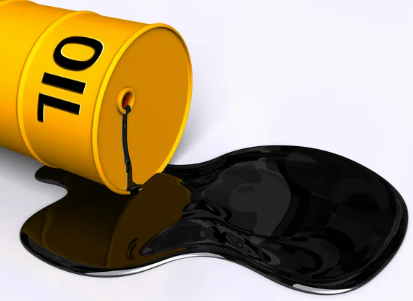
Skylar Williams
Nov 15, 2022 17:43

On Tuesday, gold prices stayed at three-month highs as Fed officials sent mixed signals on the course of U.S. interest rates. Copper prices dipped as mounting COVID-19 cases in China, a major importer, signaled additional possible demand disruption.
Fed members Lael Brainard and Christopher Waller forecast a slower rate hike this week. They also suggested the Fed's cycle of rate hikes wasn't over and that high inflation required more tightening.
Slower interest rate increases may help gold and other commodity prices in the short term, but they will weaken gold's long-term appeal.
Spot gold fell 0.1% to $1,768.72 per ounce, while gold futures fell 0.3% to $1,779.90 as of 19:26 EDT (00:26 GMT). Bullion prices rose more than 5% last week, while the dollar sank after October inflation data was lower than expected.
The markets expect the Fed to hike rates by 50 basis points in December. This will be the highest interest rate since the 2008 financial crisis.
Rising Treasury yields boosted the potential cost of holding non-yielding assets, which hurt metal markets this year.
Gold is close to breaking even while being considerably below its yearly highs. Recent gains reduced the metal's year-to-date losses to 3%.
Copper prices were 0.3% lower after plunging nearly 3% on Monday.
Copper futures fell 0.3% to $3.8290/lb. Increasing COVID-19 cases in China hampered efforts to alter the country's zero-COVID policy.
The world's largest copper importer relaxed travel and quarantine restrictions last week. Increased local illnesses signal officials won't remove restrictions fully.
Shanghai and Wuhan are facing renewed lockdown restrictions, which is expected to hurt commodity demand in China.
This year, COVID lockdowns in China stopped economic activity and reduced China's thirst for imports.

Nov 15, 2022 17:40

Nov 16, 2022 14:48